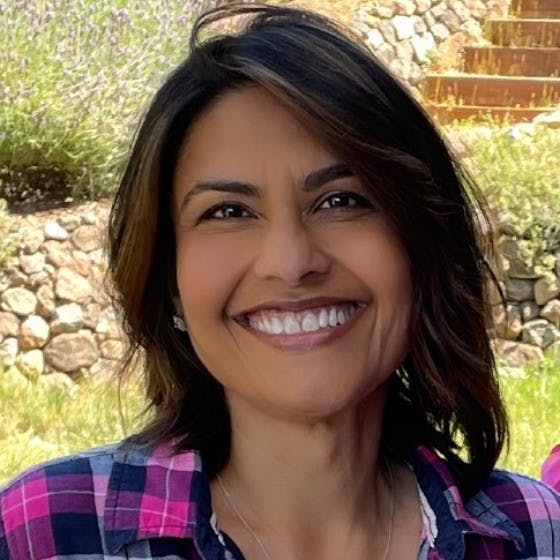The Product Podcast

Most popular

Fabrice des Mazery
Former CPO, Tripadvisor

May 16, 2024
From Ordinary to Extraordinary: Transform Your Product Strategy

Michelle Parsons
Former CPO at Hinge and Product Leader at Netflix & Spotify

March 20, 2022
Finding Your Product Mentors by Hinge CPO

Victoria Ku
Product Lead, Airbnb

March 20, 2022
The Value of Ambiguity in Product by Airbnb Product Lead

Nikhyl Singhal
Former VP of Product at Meta

January 05, 2022
Skills to Take You From PM to CSuite by Facebook VP of Product
Recent episodes

David Myszewski
VP of Product

July 18, 2024
From launching the iPhone to experiencing a 20x growth in Wealthfront with VP Product, David Myszewski

Francois Ajenstat
CPO at Amplitude

July 11, 2024
How Francois Ajenstat's Unique Leadership Led to a $15.7 Billion Success (Amplitude's CPO)

Trisha Price
CPO, Pendo

July 04, 2024
Trisha Price Reveals Pendo’s Game-Changing AI Product Features (CPO)

Ryan Daly Gallardo
SVP of Consumer Products at Dow Jones

June 27, 2024
Building Multi-Million Audience Products: Inside The Wall Street Journal's Monetization Strategy

Joff Redfern
VP of Product, Atlassian

June 20, 2024
From LinkedIn and Atlassian Product Leadership to VC: The Evolution of Joff Redfern

Yi-Wei Ang
Chief Product Officer at talabat, Delivery Hero

June 13, 2024
From Local Food Delivery to Regional Tech Powerhouse with Yi-Wei, CPO at Talabat

Alvaro Morales
Co-Founder and CEO, Orb

June 07, 2024
Learn how to master pricing for your business

Priyankka Mani
Former CPO at Lonely Planet

May 31, 2024
Leading Product at Amazon and Google with Priyankka Mani

Matt Bilotti
Product Lead, Drift

June 26, 2023
How Mentors Can Help You Break Into Product

Mudita Tiwari
Director of Product, PayPal

March 20, 2022
The Power of Women in FinTech by PayPal Senior Director of Product

Poulomi Damany
General Manager, Credit Karma

March 20, 2022
Learning Lateral Product Skills by Credit Karma General Manager

Berit Hoffmann
CPO, Sisu Data

March 20, 2022
Non-Traditional Paths to Product by Sisu CPO
Stay tuned for new episodes
By sharing your email, you agree to our Privacy Policy and Terms of Service

